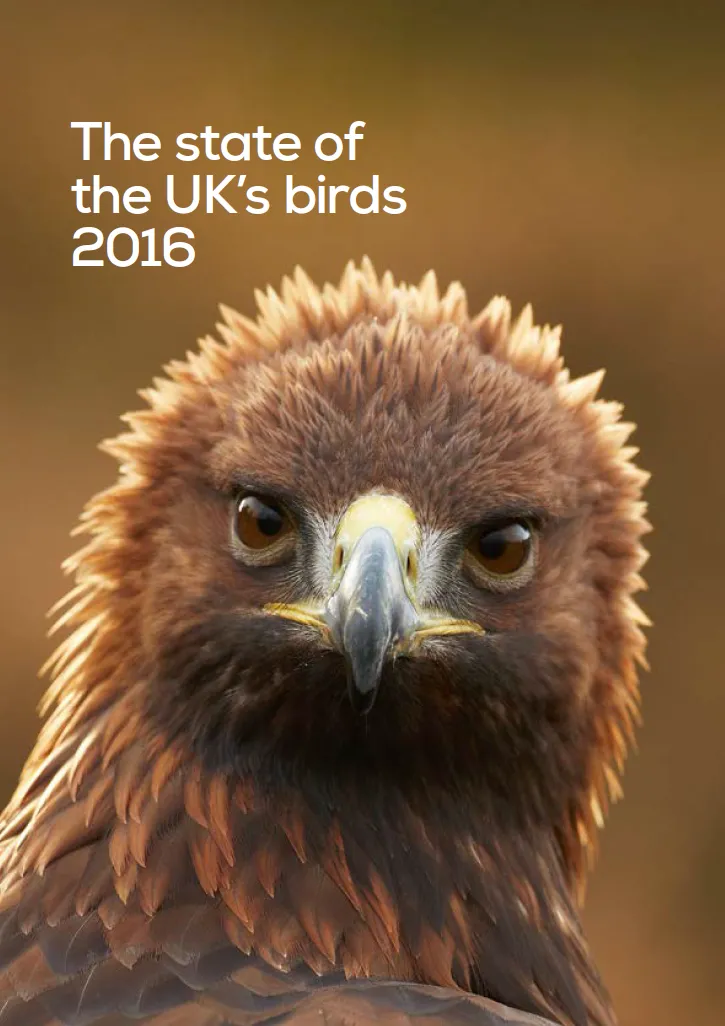BTO publishes various reports, from those covering the annual results of core surveys, through scientific studies, and on to those produced in partnership with other organisations. Many of these are published as BTO Research Reports. You can access all of our reports from here, though note that we are currently updating the reports section, working backwards through time to bring all of the report pages into a consistent format. You can read our Annual Report and Accounts in the Governance section.
Search settings
Implications of lowland broadleaved woodland management for the conservation of target bird species
Author: Broome, A., Fuller, R.J., Bellamy, P.E., Eichhorn, M.P., Gill, R.M.A., Harmer, R., Kerr, G. & Siriwardena, G.M.
Published: 2017
This research consisted of a literature review and field study which investigated woodland management for birds withinlowland broadleaved woodlands in Britain. The research considered the effect of woodland management (silviculturalintervention and control of deer browsing) on vegetation structure, and the relationships between vegetation structureand woodland birds. Based on habitat–bird relationships, a classification of six woodland stand structures (A–F) relatedto their value to birds, and a framework to help understand and manage woodland development to deliver thesestructures were created. The field study, which was conducted in England and Wales, showed that woodlands arepredominantly mature or late thicket stands, with low structural heterogeneity (type E – closed canopy, few strata),and silvicultural interventions are primarily mid to late rotational thinning. Such interventions lead to a uniform standstructure and reduced stem and understorey density. High deer browsing pressure also reduces understorey density.Study results showed these vegetation structures to be less favourable to the target bird species who were insteadfound to be associating with the structures predicted from the literature as being favourable. This suggests thatvegetation structures for birds can be described, and if provided, bird populations could be enhanced. The frequentlyoccurring woodland structure type E is of least value to woodland birds. Woodland managers are encouraged to movetype E stands towards other types to help meet bird conservation objectives
16.06.17
Reports Research reports
Urban Breeding Gull Surveys: A Survey Design Simulation
Author: Chris B. Thaxter, Cat Horswill, Kathryn E. Ross, Graham E. Austin, Dawn E. Balmer and Niall H.K. Burton
Published: 2017
This report builds on Ross et al. (2016) using computer simulations to examine how survey coverage affects the precision of population estimates. This work will provide a first step towards improving the population estimates of urban gulls, assuming surveys go ahead in the future.
12.06.17
Reports
Waterbirds in the UK 2015/16
Author: Teresa M. Frost, Graham E. Austin, Neil A. Calbrade, Chas A. Holt, Heidi J. Mellan, Richard D. Hearn, David A. Stroud, Simon R. Wotton and Dawn E. Balmer.
Published: 2017
Waterbirds in the UK presents the summarised results of the annual WeBS report, and full data available via the WeBS Report Online. It provides a single, comprehensive source of information on the current status and distribution of waterbirds in the UK for those interested in the conservation of the populations of these species and the wetland sites they use.
30.05.17
Reports Waterbirds in the UK

The State of the UK's Birds 2016
Author: Hayhow D.B., Bond A.L., Douse A., Eaton M.A., Frost T., Grice P.V., Hall C., Harris, S.J., Havery S., Hearn R.D., Noble D.G., Oppel S., Williams J., Win I. and Wotton S.
Published: 2017
The main theme of The State of the UK’s Birds report (SUKB) 2016 is the latest Birds of Conservation Concern 4 list – BoCC4 published in 2015 - and the species whose status has changed. The increase in the Red list by 15 species is due to problems in all habitats including farmland, woodland and coasts but most notably in uplands with five new upland species moving onto the red list.One of these is Curlew. The UK supports 27% of the global population, and the long-term trend shows a 64% decline from 1970 to 2014. This, combined with the bird's global status of Near Threatened, suggests that the Curlew is one of the most pressing bird conservation priorities in the UK.
11.04.17
Reports State of the UK's Birds

Assessing behaviour of Lesser Black-backed Gulls from the Ribble and Alt Estuaries SPA using GPS tracking devices
Author: Scragg E S, Thaxter C B, Clewley G D, and Burton N.H.K.
Published: 2017
This report provides findings from the first year of a study that has used Movetech ‘GPS-GSM’ tracking devices to track the movements of Lesser Black-backed Gulls from a breeding colony at the Ribble and Alt Estuaries SPA and so investigate their use of the SPA and the Warton Aerodrome. The study had two main objectives: (i) to assess the flight altitudes of adult Lesser Black-backed Gulls from the breeding colony at Banks Marsh in the Ribble and Alt Estuaries SPA during the 2016 breeding season; and (ii) to assess the home ranges of adult Lesser Black-backed Gulls from this colony and their temporal and spatial overlap with the SPA and the area of potential risk of collision with aircraft.
10.04.17
Reports